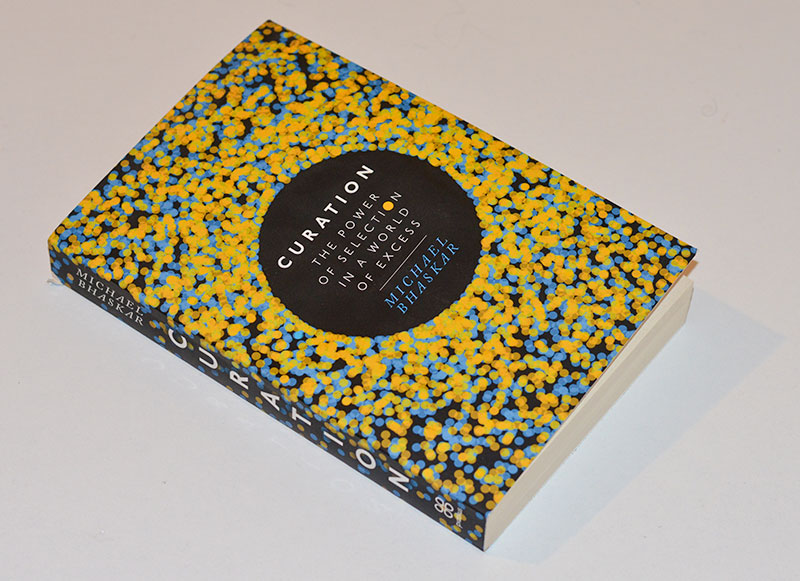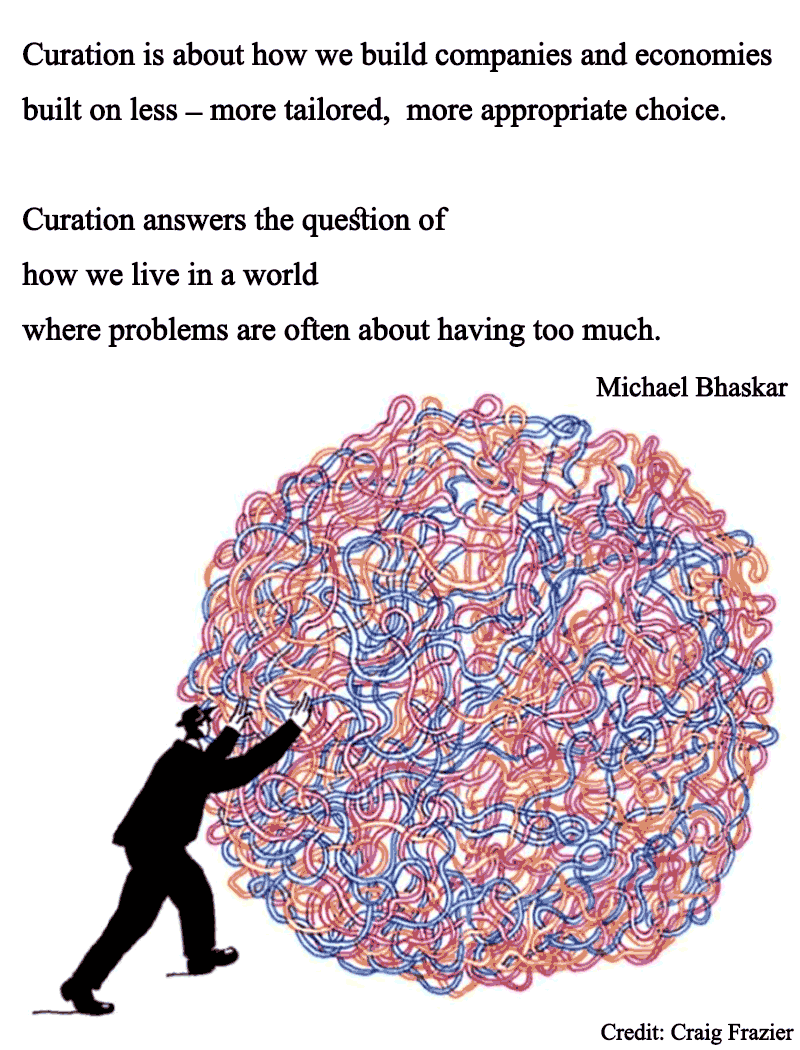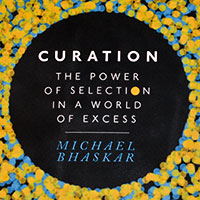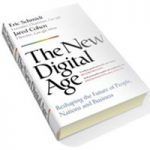Curation is one the books that have stayed for a long time with me.
At first glance, the book may seem rather boring. Michael Bhaskar’s book, ‘Curation’, starts with reciting trivial facts and statistics on content abundance. He refers to the vast amount of generated data, the number of daily Facebook posts, increased computational capacity, and many other similar well-known points.
But as you go further into the book, it’s a pleasant read.
To be honest, I didn’t experience any wow moment while reading this book. However, If you are concerned with information abundance and want to think about this topic, your most creative and inspiring times will happen while you are busy reading curation.

I will dedicate a few posts to quoting author’s ideas that are worth mentioning and re-emphasizing.
The Tsunami of data
The tsunami of data is the term Bhaskar uses to describe the current state of the data economy.
In the introduction of his book, he calls the current time as the post-digital era with the following characteristics:
- Information abundance
- Pervasive connectivity
- The blurring of offline and online environments
We are conditioned for creation and growth
This is the second post he emphasizes in the introduction of the book. And the point he refers to many times in his discussions and arguments.
Bhaskar believes that we are evolved and conditioned to create more and more. The age of scarcity and hunger have conditioned us to secure tomorrow by creating more today.
But now, abundance is not a goal anymore. It has become the new challenge. The case is similar to hunger which is now substituted by obesity (at least in many parts of the world).
Here is how he defines curation:

Related articles:
- Curation and its context (the key points of the first chapter of the book)
- Curation and the overload problem
- The principles of curation






